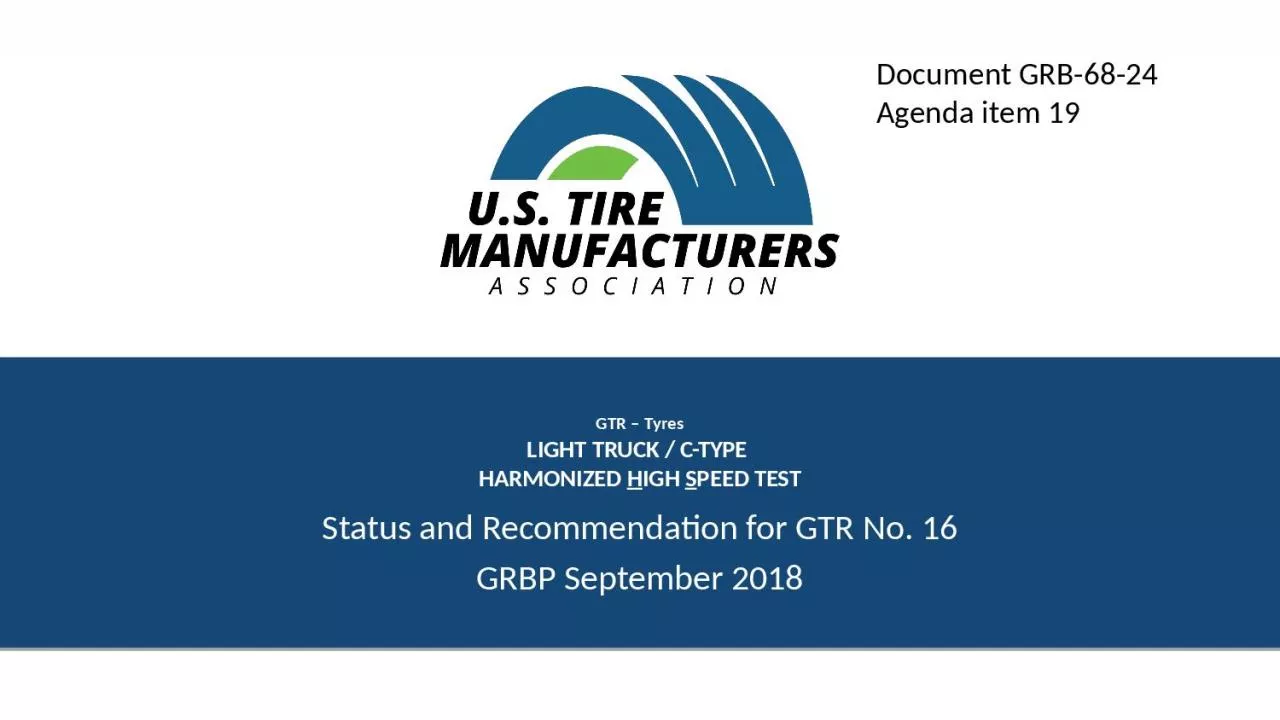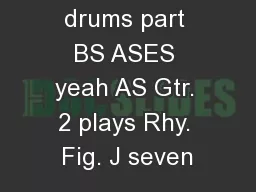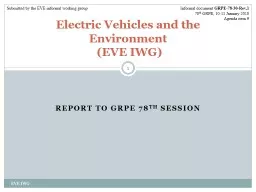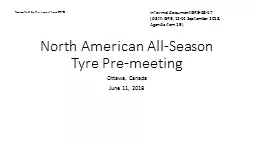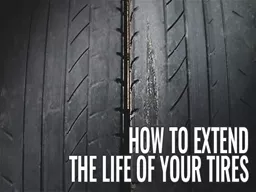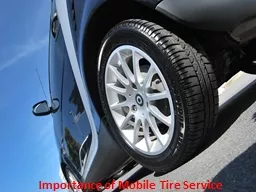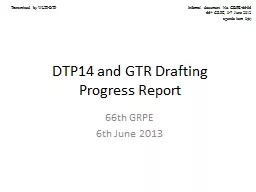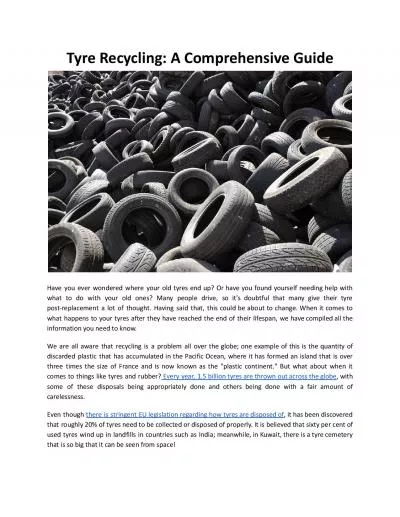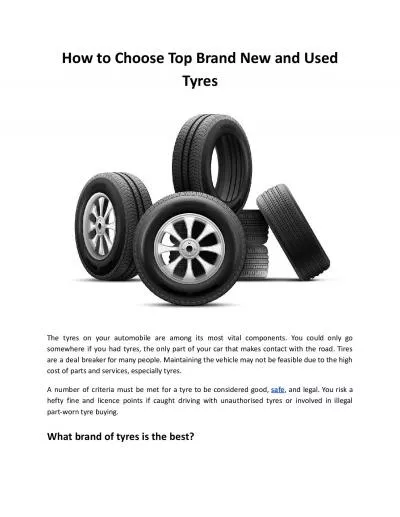PPT-GTR – Tyres LIGHT TRUCK / C-TYPE
Author : Kingslayer | Published Date : 2022-08-03
HARMONIZED H IGH S PEED TEST Status and Recommendation for GTR No 16 GRBP September 2018 Document GRB6824 Agenda item 19 High Speed Test for LTC type Tyres 2014
Presentation Embed Code
Download Presentation
Download Presentation The PPT/PDF document "GTR – Tyres LIGHT TRUCK / C-TYPE" is the property of its rightful owner. Permission is granted to download and print the materials on this website for personal, non-commercial use only, and to display it on your personal computer provided you do not modify the materials and that you retain all copyright notices contained in the materials. By downloading content from our website, you accept the terms of this agreement.
GTR – Tyres LIGHT TRUCK / C-TYPE: Transcript
Download Rules Of Document
"GTR – Tyres LIGHT TRUCK / C-TYPE"The content belongs to its owner. You may download and print it for personal use, without modification, and keep all copyright notices. By downloading, you agree to these terms.
Related Documents

